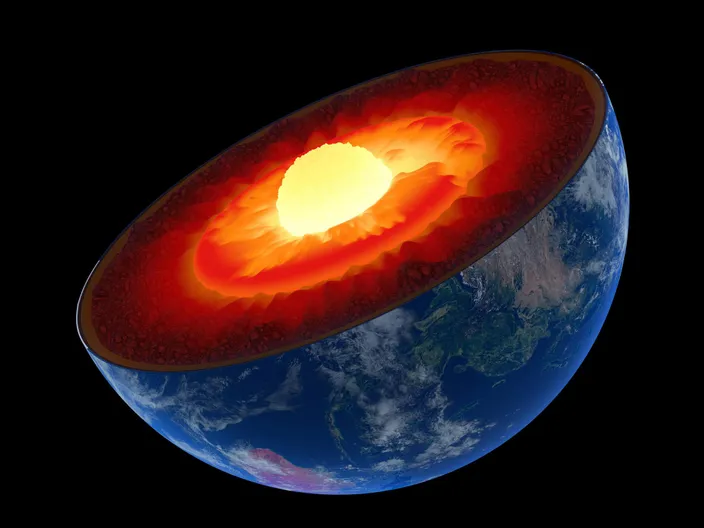Heat, Temperature, And Thermal Energy Study Guide
INTRODUCTION
Right now, what’s under your feet? Carpet? Tile? Is that a concrete walkway, grass, dirt, and leaves? Thousands of miles of Earth beneath your feet, whether you realize it or not, are made up of a variety of components, including soil, rock, rivers of water, volcanic lava, and solid iron.
The Earth’s core is the planet’s innermost geological layer, and new scientific investigations have led specialists to assume that Earth’s inner core is over 10,800 F – the same temperature as the Sun’s surface! But, exactly, what is temperature? Is it the same as the term “heat”? Let’s have a look.
WHAT IS THERMAL ENERGY?
- The energy contained within a system that is accountable for its temperature is the definition of thermal energy.
- A physical system’s total kinetic and potential energy is referred to as its thermal energy.
- entire thermal energy is frequently referred to as a system’s total internal energy.
- Although heat and thermal energy are frequently used interchangeably, they are not the same thing from a scientific standpoint.
- The motion of atoms within an object or system is referred to as thermal energy.
- Everything or material possesses thermal energy, and the sun is our solar system’s largest thermal energy source.
We can calculate this thermal energy using the formula,
Q= m.c.ΔT,
Where m is the mass of the substance,c is the specific heat capacity, andΔT is the temperature difference.
WHAT IS HEAT?
- The definition of heat states that it is a flow of thermal energy from one object or substance to another.
- Any pot or kettle you place on a working stovetop generates heat energy.
- Heat can be transferred from the burner to the pot, which then transfers heat to the ingredients.
- Convention, radiation, and conduction are the three ways of transferring heat energy.
- Being a form of energy, the SI unit of heat is joules.
- Also, when no heat energy is exchanged by substances in physical contact, it is called thermal equilibrium.
WHAT IS TEMPERATURE?
- When compared to the above two terms, the temperature is a very different matter.
- The hotness or coldness of an object is measured at a given time and is referred to as temperature.
- The definition of temperature states that it is the measure of the average kinetic energy of the particles that make up a substance.
- Temperature by itself can’t do anything; it’s an intrinsic property and just the temperature of an item at the moment.
- When you visit your doctor for a check-up, your doctor may take your temperature to check for temperature spikes.
SUMMARY
- Thermal energy is the energy contained in a system.
- Heat is the flow of thermal energy.
- Temperature is the average kinetic energy of the molecules.
FAQs
Q. What is the difference between temperature, thermal energy, and heat?
Compare temperature, thermal energy, and heat.
Q. Which state of matter has the highest temperature?
The gaseous state of matter has the highest temperature.
Q. What is the coldest temperature possible?
Absolute zero or zero kelvins is the coldest temperature possible.
Q. What is the formula of thermal energy?
The formula of thermal energy is Q= m.c.ΔT.
We hope you enjoyed studying this lesson and learned something cool about Heat, Temperature, And Thermal Energy! Join our Discord community to get any questions you may have answered and to engage with other students just like you! Don’t forget to download our App to experience our fun VR classrooms – we promise, it makes studying much more fun! 😎
REFERENCE
- Heat, Temperature, and Thermal Energy: https://www.ck12.org/physics/heat-temperature-and-thermal-energy-transfer/lesson/Heat-Temperature-and-Thermal-Energy-Transfer-PHYS/#:~:text=Summary,is%20the%20lowest%20possible%20temperature. Accessed 11th April 2022.
- Heat: https://en.wikipedia.org/wiki/Heat.Accessed 11th April 2022.


